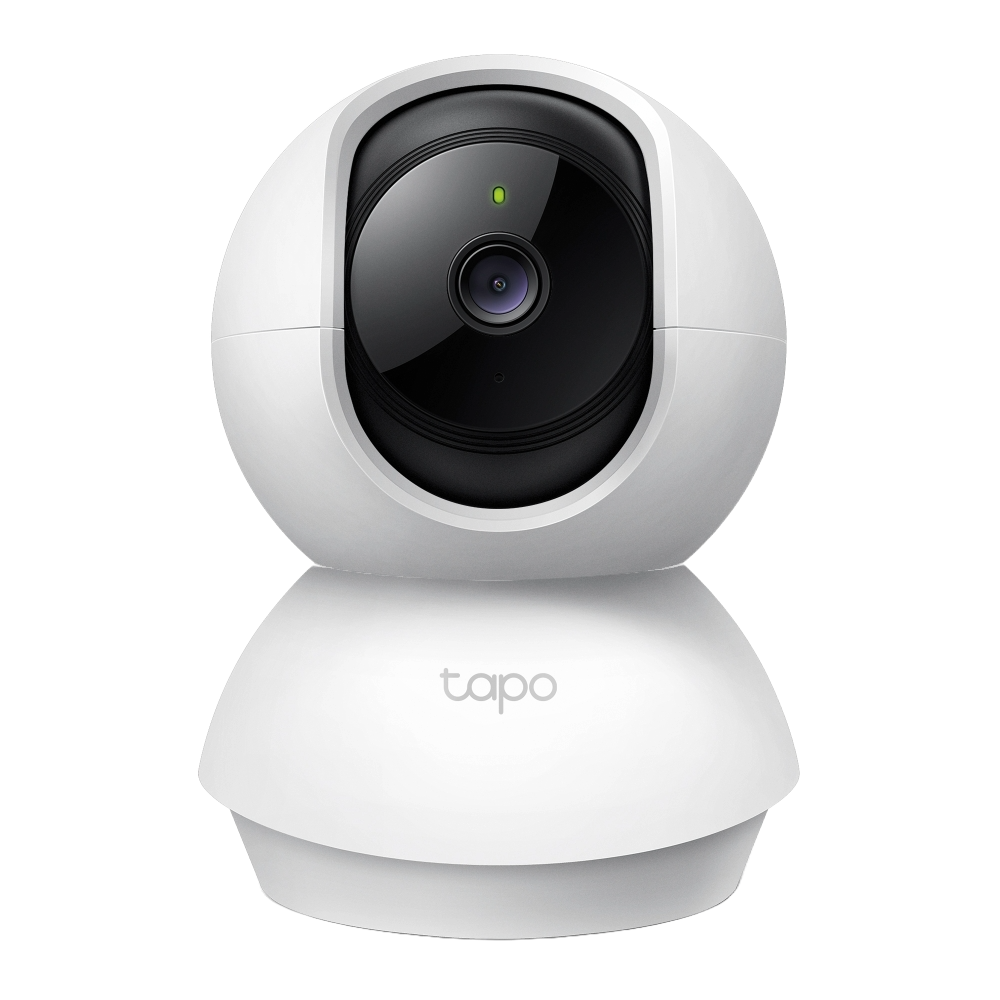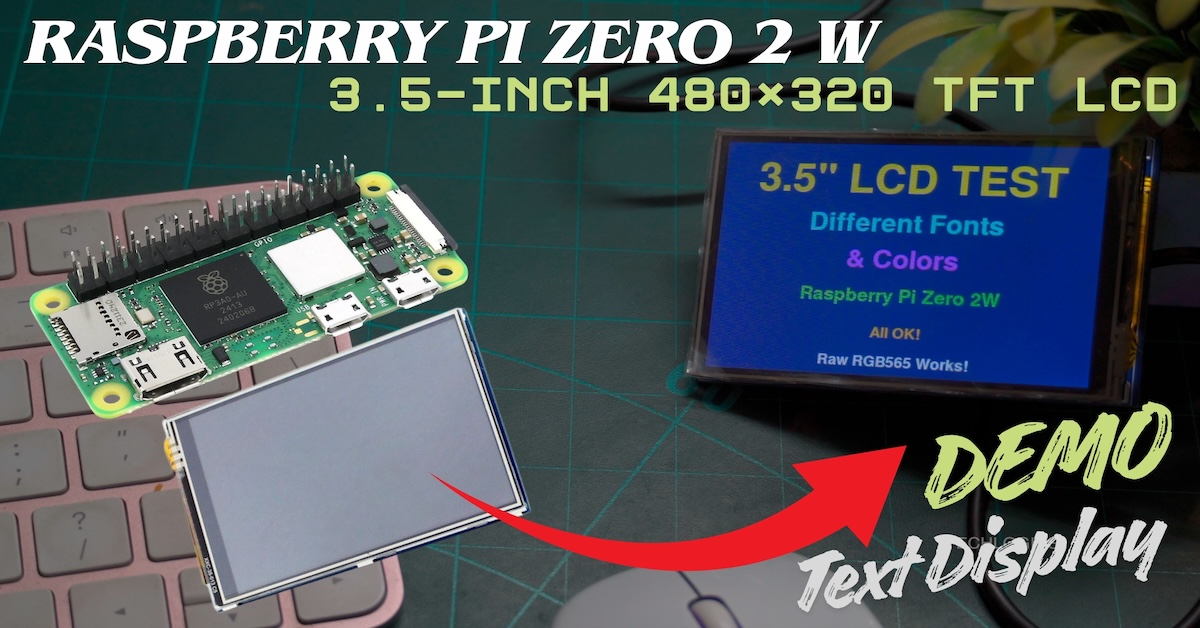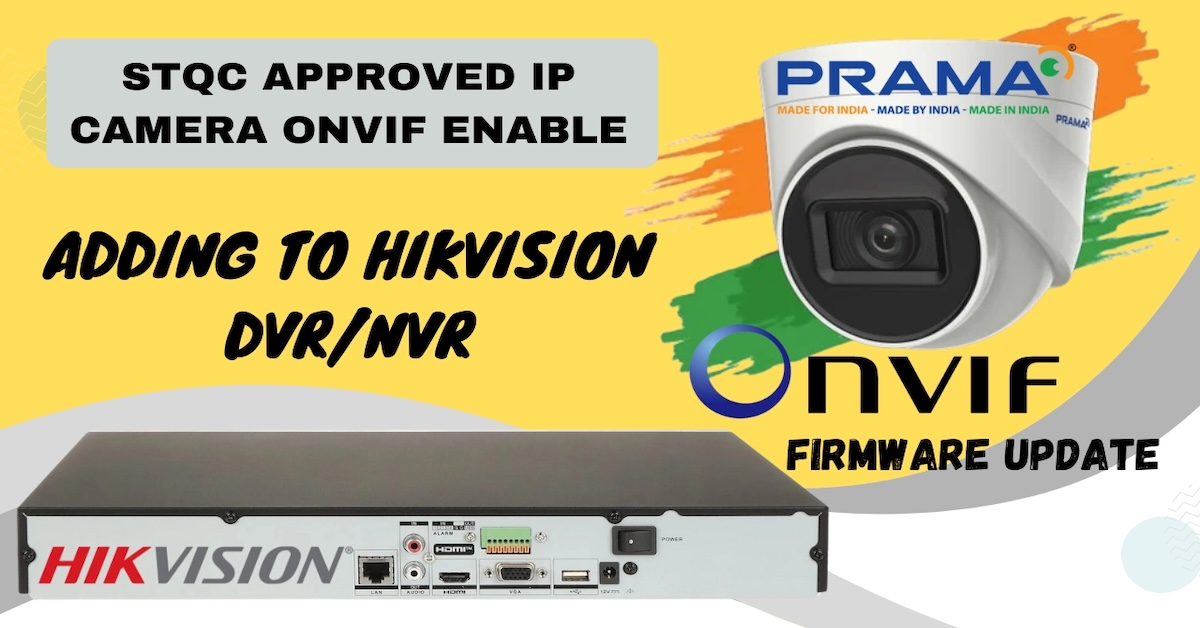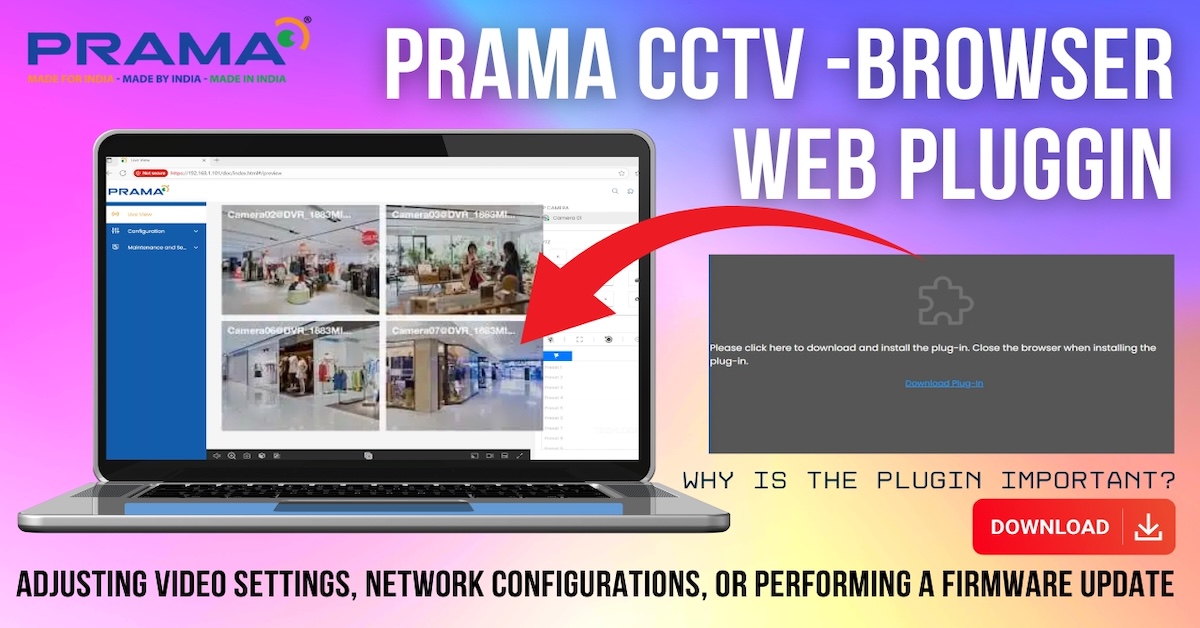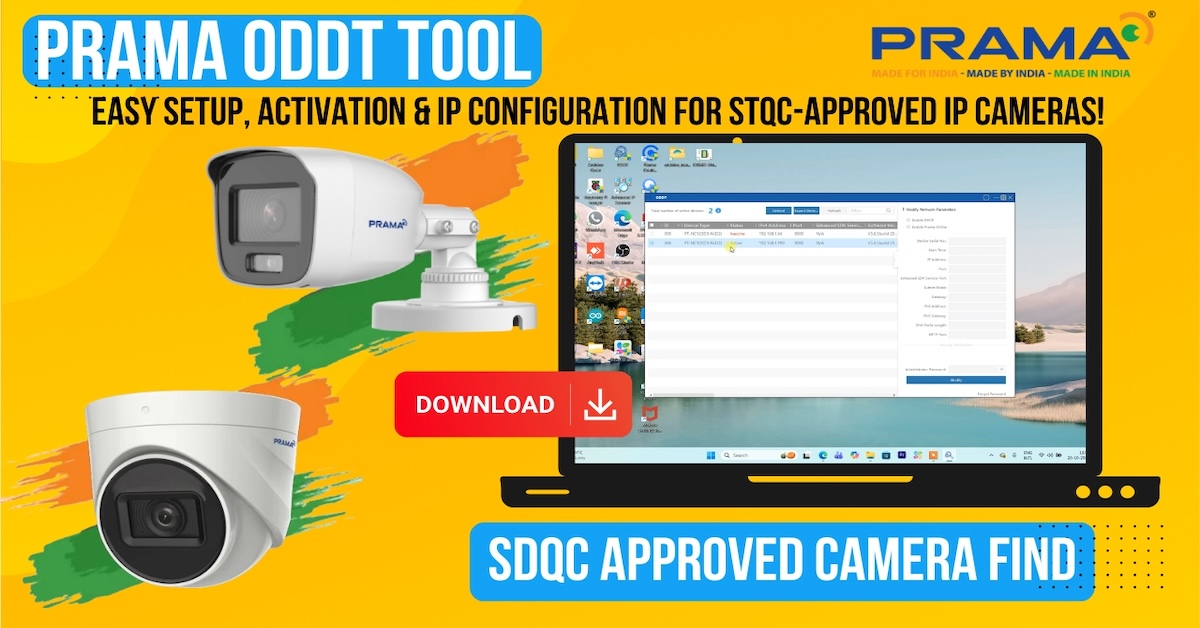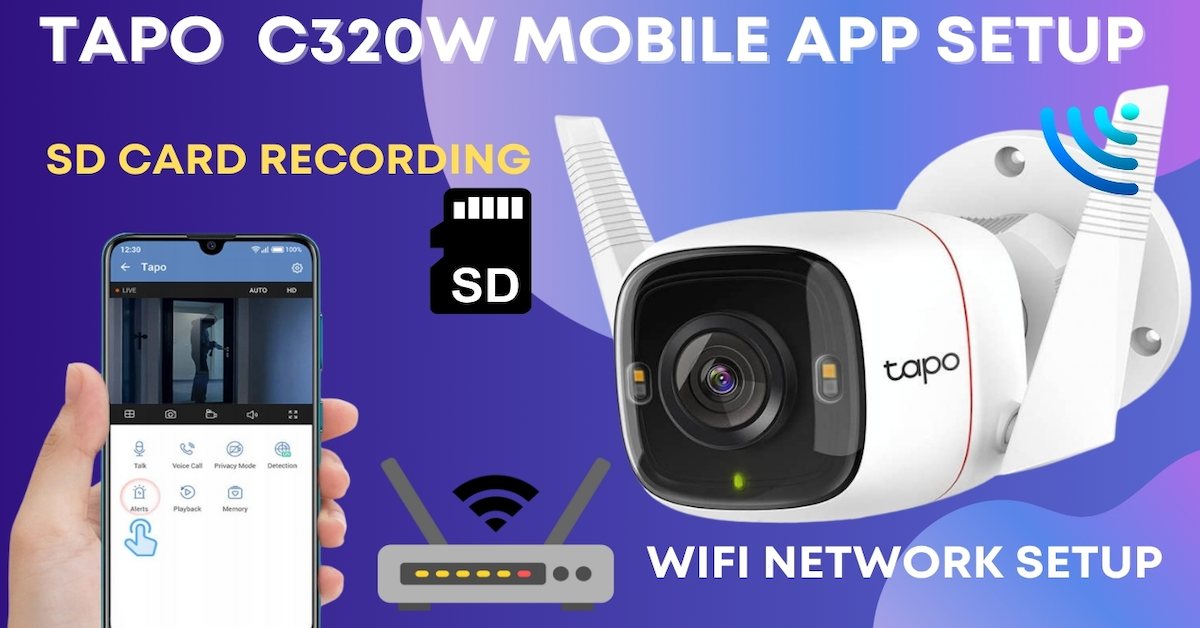In this blog post, we’ll walk you through the process of unboxing and setting up the Philips 360 Indoor Pan & Tilt Camera to ensure your home is secured with ease. Follow along as we cover everything from what’s inside the package to configuring the camera with the Philips Home Safety app. By the end, you’ll have the camera fully set up and ready to monitor your home efficiently.
Step 1: Unboxing the Philips 360 Indoor Pan & Tilt Camera
Let’s start with what you’ll find inside the box. The Philips 360 Indoor Camera comes with the following components:
- The Philips 360 Indoor Pan & Tilt Camera unit
- Power adapter and USB cable
- User manual and quick start guide
Buy Online : https://amzn.to/4dO9t6o

Key Features of the Philips 360 Indoor Camera:
- 2K Resolution: Delivers crisp, clear video during live monitoring or playback.
- 360° View: Complete room coverage with its pan-tilt-zoom (PTZ) capabilities.
- Smart Tracking: Automatically follows moving objects and sends real-time alerts.
- Night Vision: Infrared LED lights provide visibility up to 10 meters in low-light conditions.
- Secure Local Storage: Supports microSD cards up to 128GB with AES 128-bit encryption for added protection.
- Cloud Storage Option: Available via a subscription on the Play Store or Apple Store.
- Two-Way Audio: Built-in microphone and speaker for communication.
- Motion and Sound Detection: Alerts when movement or sounds are detected.
Step 2: Installing the Memory Card
Before you begin the setup, let’s install the memory card for local storage. Here’s how to do it:
- Power Off the Camera: Always ensure the camera is turned off before inserting or removing the memory card to prevent any damage.
- Locate the MicroSD Card Slot: It is located on the bottom of the camera’s rotating lens.
- Insert the Memory Card: Gently tilt the camera lens upward and insert the microSD card into the slot until it clicks. The camera supports memory cards up to 128 GB.
- Power On the Camera: Once the memory card is in place, power on the camera, and it will begin recording automatically.
With a 128 GB memory card, you can store about one week of footage depending on the recording settings.

Step 3: Powering Up the Camera
Now, let’s power up your Philips Camera:
- Connect the Camera to Power: Use the provided USB power adapter and cable. Plug one end of the USB cable into the camera and the other end into the power adapter, then connect the adapter to a wall outlet.
- Initialization Process: Once powered, the camera’s lens will rotate, and you’ll hear an audio signal indicating that it’s initializing. The red LED will glow initially, then flash, indicating the camera is ready for network configuration.


Step 4: Downloading the Philips Home Safety App
To set up and control your camera, you’ll need to download the Philips Home Safety app:
- Scan the QR Code: Use the QR code in the user manual to quickly find the app in your device’s app store.
- Download the App: Search for “Philips Home Safety” in either the Google Play Store for Android or the Apple App Store for iOS. Make sure the app is developed by Versuni Netherlands.
- Install the App: Once found, tap Install and wait for the download to complete. A stable WiFi connection is recommended.
Step 5: Creating Your Philips Home Safety Account
Once the app is installed, follow these steps:
- Login or Register: If you already have an account, log in with your email and password. If you’re new, tap the “I am new” option to register.
- Register with Email or Google: You can register with an email or by continuing with Google for quicker setup. Make sure to verify your email and accept the terms and conditions.
For added security, you can enable biometric login (fingerprint or facial recognition) under account settings.






Step 6: Adding the Camera to the App
Now, let’s add the camera to your Philips Home Safety account:
- Click “Add Device”: In the app, select this option and choose “Indoor Camera Series 3000” from the list of devices.
- Camera Reset: If the camera’s red LED is not blinking, reset it by holding the reset button for 5 seconds. You’ll hear a voice prompt confirming the reset.
- Confirm Configuration Mode: Once the LED starts flashing, confirm it in the app by clicking Next.
Note: Keep the camera near your WiFi router during setup for a strong signal.




Step 7: Connecting to WiFi
- Select Your WiFi Network: The camera only supports 2.4 GHz WiFi, so ensure you’re connected to a compatible network.
- Enter WiFi Credentials: Carefully enter your WiFi password and confirm the connection.
- Scan the QR Code: The app will generate a QR code. Hold your phone in front of the camera at a distance of 10-30 cm (4-12 inches). Once the camera beeps, the connection is established.



Step 8: Finalizing the Setup
Once the camera is connected to your WiFi:
- Confirmation: The app will confirm the camera has been added successfully, and the LED will turn green, indicating it is fully operational.
- Name Your Camera: Customize the camera name to easily identify it within your app.
- View Live Stream: In the app’s dashboard, click on Live View to see real-time footage from your camera.

Step 9: Setting Up Storage and Notifications
Now that your camera is set up, let’s configure additional settings:
- Date and Time: Ensure the correct date and time are set for accurate recordings.
- Storage Settings: Go to the Storage section to manage your local SD card storage. If necessary, format the card from within the app.
- Recording Schedules and Notifications: Customize recording schedules and set up notifications for motion and sound detection.

Conclusion
Your Philips 360 Indoor Pan & Tilt Camera is now fully set up and ready to monitor your home. With features like PTZ control, motion detection, two-way audio, and secure video storage, you can rest assured that your home is protected 24/7.
If you found this guide helpful, consider sharing it with others or subscribing to our blog for more tutorials. Thank you for reading, and stay secure!
